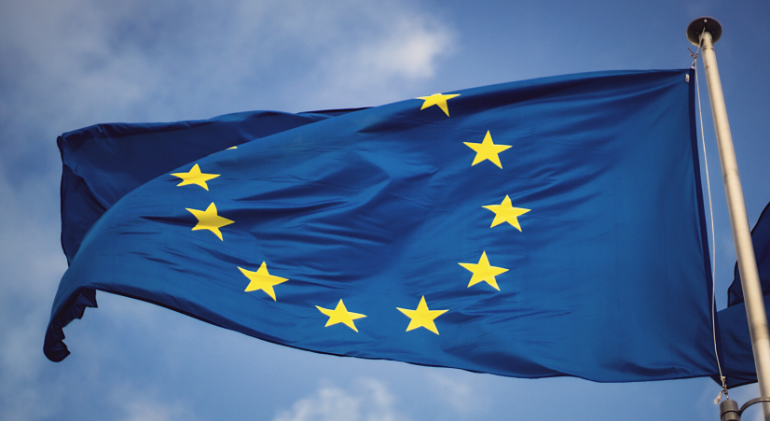

At the event hosted by the API/IPA international press association, Slovenia revealed the priorities of its upcoming presidency of the Council of the EU and the Fit for 55 legislative package stole the spotlight all for itself. Before leaning into the story of Fit for 55, let us make a quick turn to the conference held just a few days ago.
Slovenia is taking over the Council of the EU presidency for the next six months. The country’s Permanent Representative to the EU Mr. Iztok Jarc and his deputy Ms. Tamara Weingerl-Požar laid out the priorities of the presidency. Of all the statements from the event, the words of Ms Weingerl-Požar were most notable, as she talked about the energy, transport and heavy industry companies in the EU being a fortnight away from the onset of an environmental “legislative tsunami”, adding that the Slovenian EU presidency is expecting a proposal from the European Commission on the legislative bundle by July 14, the long-awaited 2030 climate policy package of the EU, including the controversial Carbon Border Adjustment Mechanism (CBAM). However, the highlight was the demanding legislative package of measures for reducing greenhouse gas emissions by at least 55% by 2030, dubbed “Fit for 55”.
The comprehensive set of legislation will range from slight changes to the regulation on energy savings, renewable energy sources, land-use change and forestry to significant modifications to the EU carbon market, the Emissions Trading System, the first supernational ETS. The ETS is the EU’s central instrument for reducing greenhouse gas emissions in a cost-effective manner. The package also includes all-important emissions caps, emission allowances, the Market Stability Reserve, the CO2 price, carbon leakage, the aforementioned CBAM, carbon removal credits, extending the ETS (to buildings, road transport, maritime), carbon capture through land use/forestry, the Renewable Energy and Energy Efficiency Directives, alternative/sustainable fuels, and CO2 emission standards for cars and vans. Many debates took place while the Council of the EU adopted a regulation establishing a EUR 17.5 billion Just Transition Fund (“JTF”) to alleviate the socio-economic costs for communities across the EU that are heavily dependent on fossil fuels or GHG-intensive industries and need to diversify their local economy.
It is extremely interesting that Slovenia will be the first Member State to chair and monitor the initial exchanges between EU Member States under the Fit for 55 package. Let’s not forget that this “legislative tsunami” with Slovenia at its forefront, is decidedly moving forward, hoping to achieve the EU’s goal of reaching carbon neutrality by 2050. The EU can deliver on climate neutrality by rigorously prioritizing the deployment of future-proof technologies, investments in infrastructure and the development of the right business models, and we already reiterated some of the goals Slovenia has set as an architect of the new road towards net-zero emissions.
The European Commission commenced its fight against climate change years ago, but the European Green Deal from December 2019, set out all of the major goals following the vision to make Europe the first carbon-neutral continent by 2050.
Although, the European Commission has now set a more ambitious 2030 climate target and aims to reduce GHG emissions by at least 55% but setting a target is one thing, reaching it is another.
We will keep you posted on Europe’s intention to get fit for 55 in its fundamental milestone in Europe’s journey to net zero.